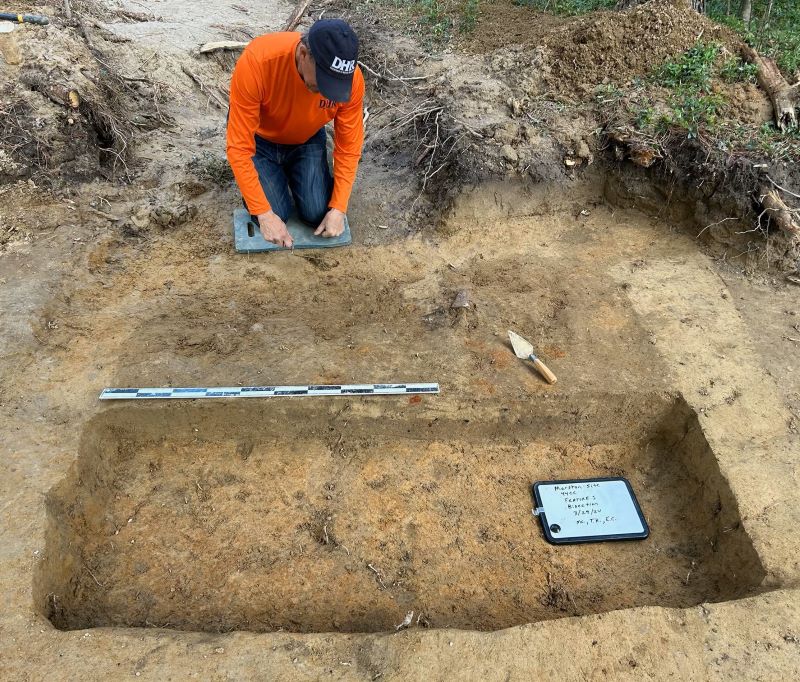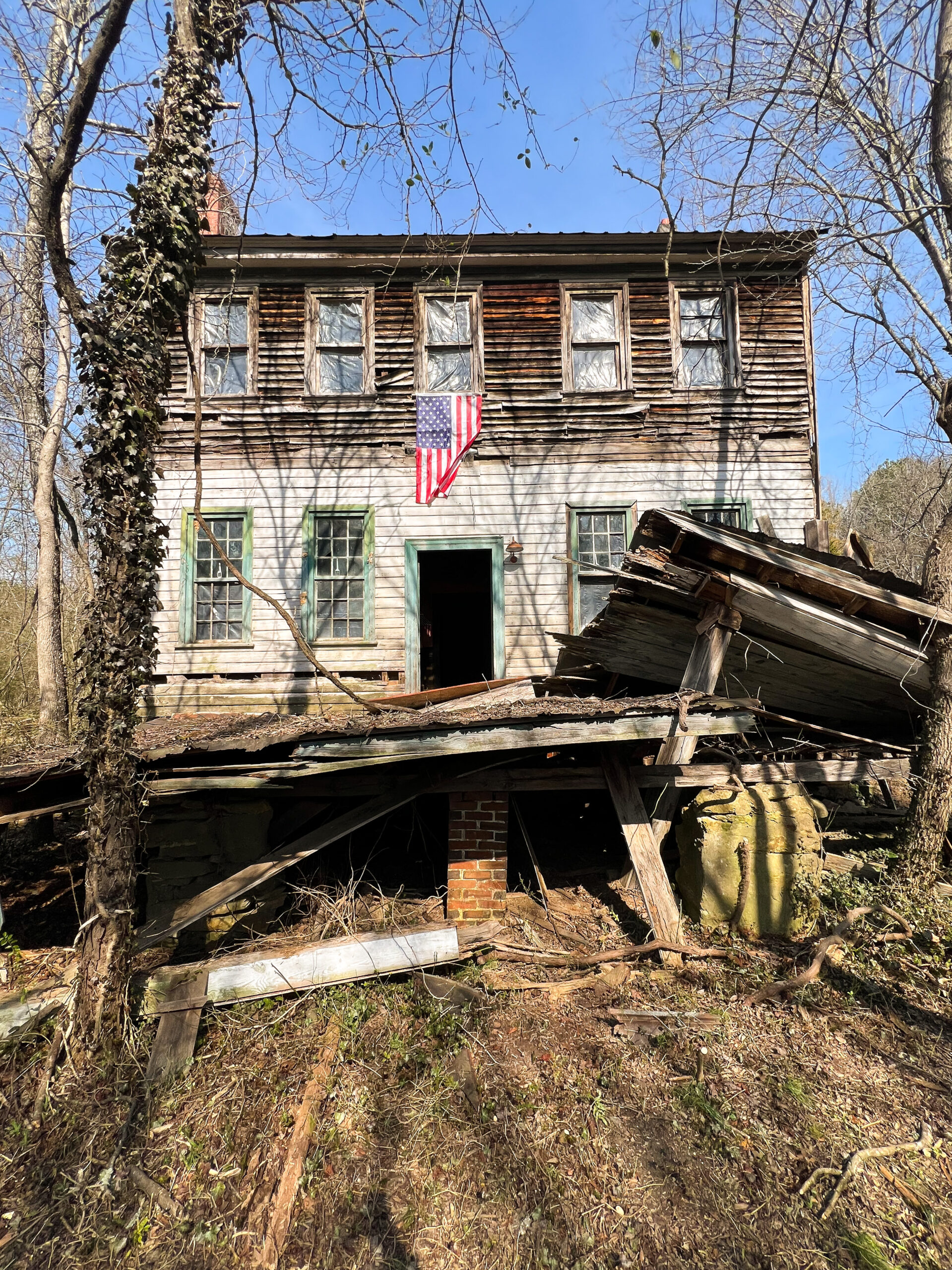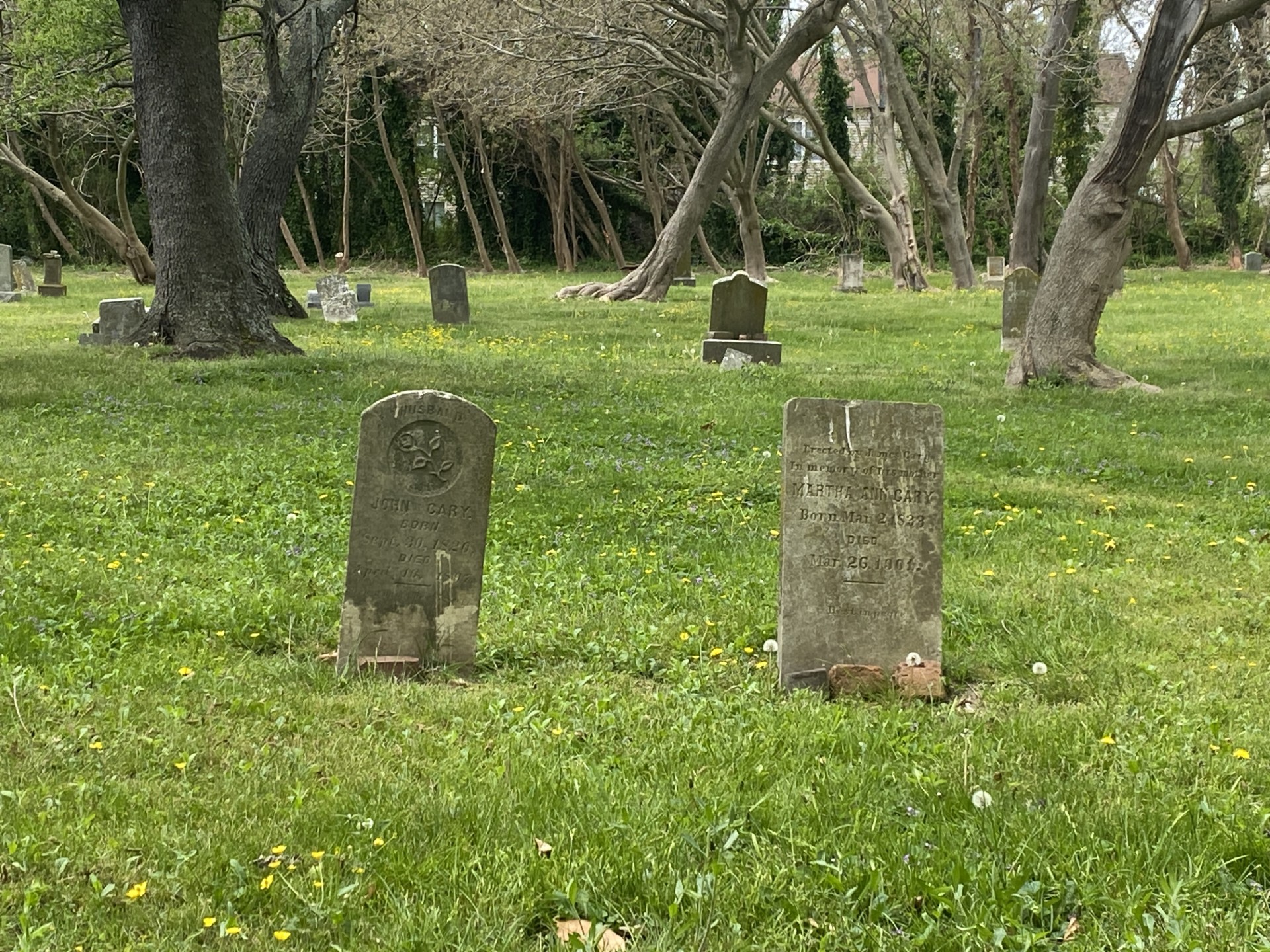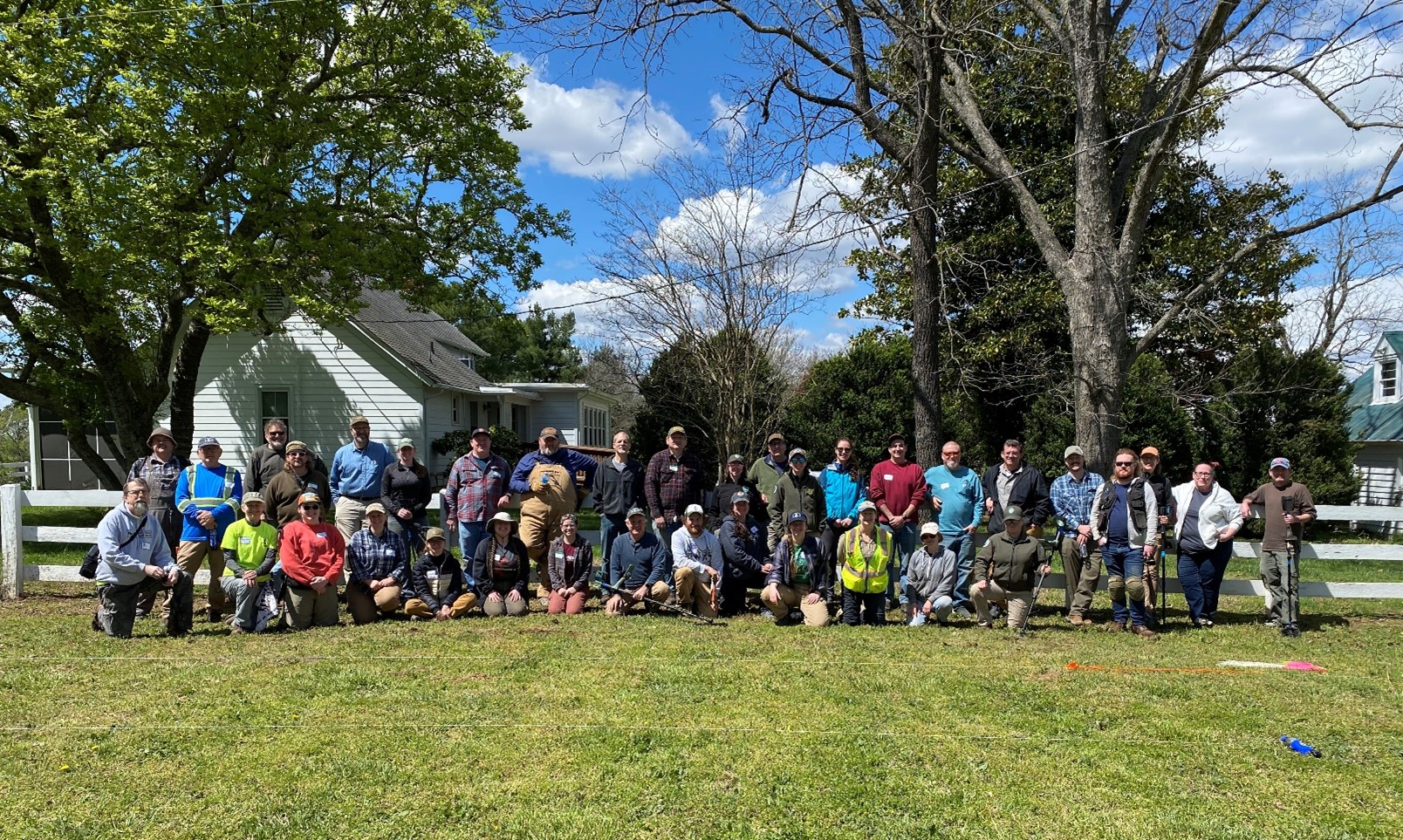Hickory Hill Slave and African American Cemetery
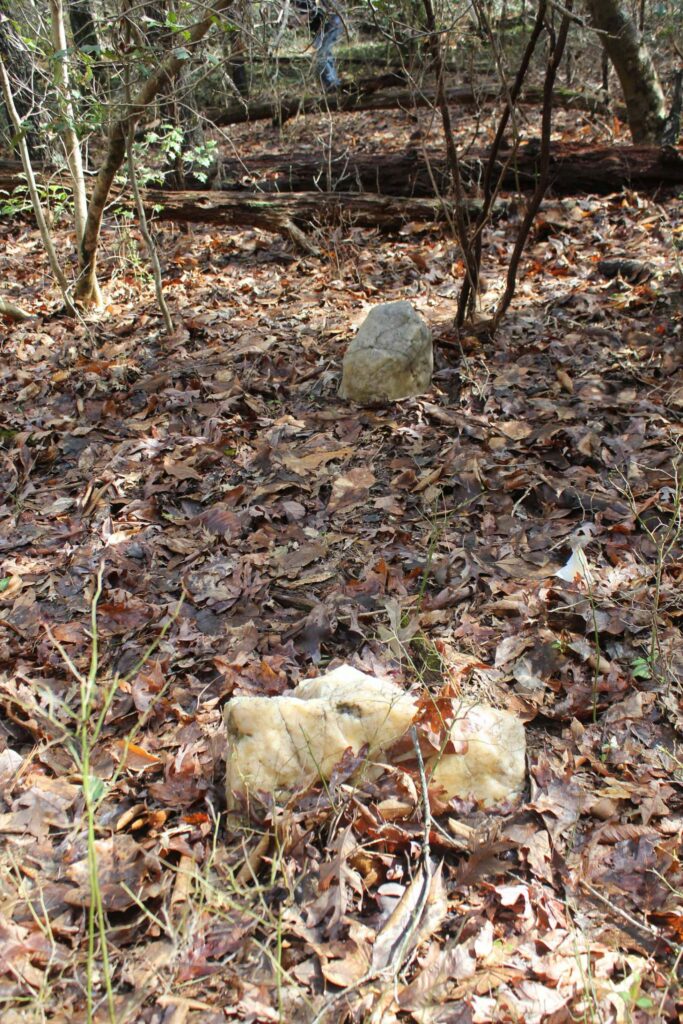
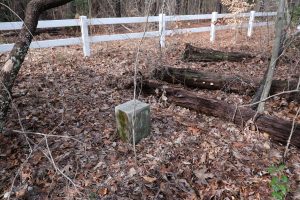
Descendants Use Genealogy and Family Records to Argue for Preservation
The Hickory Hill Slave and African American Cemetery is a burial ground established as early as 1820 in Hanover County. Researchers and descendants have collected considerable information about the cemetery and those interred there over the past 30 years. The depth and breadth of information that extends from the 1810s to the recent past provided the basis for nominating the cemetery for listing in the Virginia Landmarks Register and National Register of Historic Places.
Descendants of people once enslaved at the Hickory Hill plantation preserved the memory of the cemetery even after an unsympathetic property owner blocked access to it during the mid-20th century, an era when maintenance of the cemetery ceased and woodlands engulfed the fallow fields. Family papers, photographs, and oral histories provided the foundation for documenting the cemetery including the identities of persons interred there. The discovery of meticulous lists of enslaved persons, kept by slave owner W. F. Wickham, in a cache of Wickham family papers at the Virginia Historical Society (now the Virginia Museum of History and Culture) proved to be a boon to the research project. Further research of pre-Civil War property records, deeds, and wills provided more information about everyday life for the African Americans living and working at Hickory Hill.
After the Civil War put an end to inherited slavery, the freed men and women who had worked at Hickory Hill settled in various places nearby and on the outskirts of Ashland. Some of these men and women continued to work at Hickory Hill as drivers, cooks, housekeepers, and farm hands. Their work is documented in ledgers kept by the Wickhams and now among the papers at the Virginia Historical Society. Family members kept receipts that recorded work performed and wages paid to Hickory Hill employees.
Records such as these, along with family photos and oral history, provide a rare opportunity to understand the transition experienced by enslaved people from slavery to freedom as well as the course of their descendants’ lives. The generations-long relationships maintained among the descendant community and the Wickham family meant that burials continued in the antebellum Hickory Hill cemetery into the first decades of the 20th century. Through all these means, Hickory Hill’s descendant community have been able to create detailed family trees and histories that preserve the contributions of their families. Aiding the research efforts, retired Randolph-Macon College faculty member Reber Dunkel pored over the historic records and recruited graduate students to assist with piecing together familial relationships among the enslaved population, the history of the Wickhams’ acquisition of Hickory Hill, and the dispersion of the emancipated African Americans after the Civil War.
The descendants’ dedication to preserving the memory of their ancestors became vitally important during the late 1980s, when the Hickory Hill farmlands were proposed for subdivision and development. At a time when few preservationists understood the historic and cultural significance of enslaved persons’ cemeteries, the Hickory Hill descendants mustered an organized campaign to protect their families’ burials. The subdivision plan faltered, although developers proposed different iterations from time to time over the next two decades. Each time, the descendants’ community and independent researchers were there to advocate for the cemetery’s preservation. The current cemetery owners have taken a new course and sought to learn from the descendants’ community about their property’s history and importance, including why the cemetery warranted listing in the state and national historic registers in 2020. The descendants are still working to protect the cemetery, too, and now are planning cleanup and maintenance projects.
–Lena Sweeten McDonald
Historian, Register Program
Community Services Division, DHR



